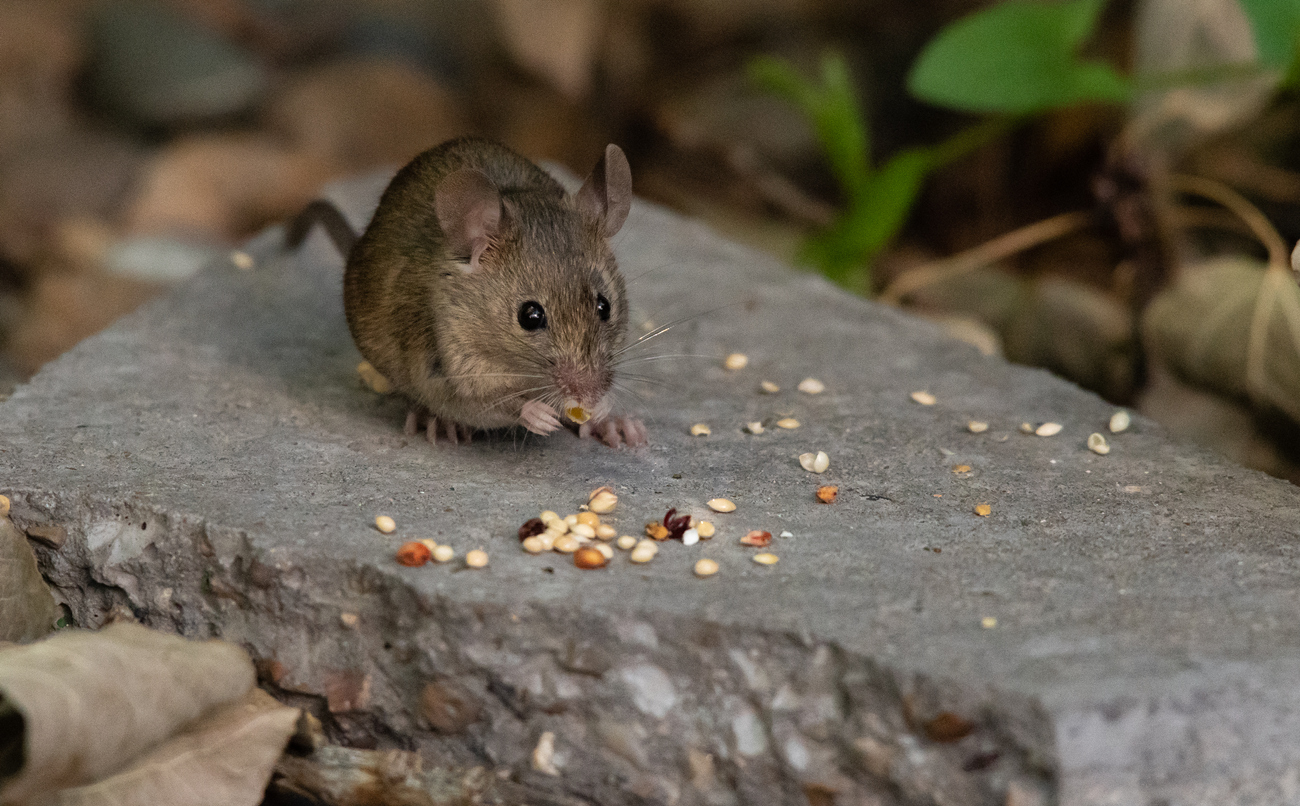How Long Does Hantavirus Live on Clothes? Essential Facts
Share
Understanding hantavirus and how it interacts with clothing is crucial for ensuring safety and health. Hantavirus, which can lead to severe respiratory issues, can be transmitted through contact with contaminated surfaces, including clothes. This brings us to the question: how long does hantavirus live on clothes? In this article, we delve into the various factors that influence the lifespan of hantavirus on fabrics and how to effectively manage these risks.
Hantavirus is primarily spread by deer mice and other rodents. It can be found in their droppings, urine, and saliva. If you're concerned about potential contamination from these vectors, knowing the timeframe the virus can survive on garments is critical in preventing its transmission. Lets explore this topic in more detail.

The Viability of Hantavirus on Surfaces
Studies suggest that hantavirus can persist on surfaces for varying lengths of time. It's essential to recognize that the survival period depends heavily on environmental conditions like temperature, humidity, and the type of material. In favorable conditions, hantavirus may survive from a few hours to several days.
The Role of Environmental Conditions
The environment plays a significant role in determining how long hantavirus stays on clothes. High humidity and moderate temperatures can enhance the virus's longevity on fabrics. Alternatively, exposure to direct sunlight or high temperatures can decrease its viability significantly.
For example, hantavirus can live on cotton or wool for several days under optimal conditions but may die off more quickly on synthetic materials. This variability underscores the importance of monitoring your clothing and washing it regularly if you suspect potential contamination.

What Should You Do If Your Clothes Are Contaminated?
If you believe your clothing may have come into contact with hantavirus, immediate action is necessary. Here are some steps to take:
- Wear Protective Gear: Before handling potentially contaminated clothing, ensure you are wearing gloves and a face mask to avoid inhaling any particles or coming into contact with the virus.
- Wash Thoroughly: Use hot water and detergent to wash contaminated clothes. The use of a washer with a disinfecting cycle is recommended.
- Dry Completely: Ensure that the clothes are dried completely in a hot dryer, as the heat can help kill any remaining virus.
Cleaning and Disinfection
In addition to laundering clothes, General surfaces should be thoroughly cleaned. For a more thorough disinfection process, consider using bleach solutions or EPA-approved disinfectants. This ensures all potential risk factors are managed, providing a safer environment.

Preventing Hantavirus Exposure
The best defense against hantavirus is prevention. Here are some pro-active measures you can take:
- Rodent Control: Keep your environment free from rodents, as they are the primary carriers of the virus (mouse traps).
- Seal Entry Points: Ensure all gaps in walls or foundations are appropriately sealed to prevent rodent entry.
- Clean Regularly: Routine cleaning of potential nesting areas in garages, sheds, or other places can mitigate contamination risks.
In Conclusion
The question of how long does hantavirus live on clothes is complicated by many environmental factors. It can remain viable for hours to days, depending primarily on conditions and materials. The best strategy is to maintain cleanliness and take precautions to minimize risk factors in your daily life. For those involved in cleaning areas where rodent activity has been suspected, adherence to safety guidelines is paramount.
For more information on hantavirus and preventive measures, you can check resources such as the Cleveland Clinic and the California Department of Public Health.
FAQs
1. What surface materials are most affected by hantavirus?
Cotton and wool typically host hantavirus longer than synthetic fabrics under humid conditions.
2. Can I get hantavirus from washing contaminated clothes?
If proper protective measures are taken, the risk is reduced significantly.
3. How can I tell if my home is at risk?
Look for signs of rodent activity, such as droppings or nests, and address them immediately to minimize risk.
As an Amazon Associate, I earn from qualifying purchases.
